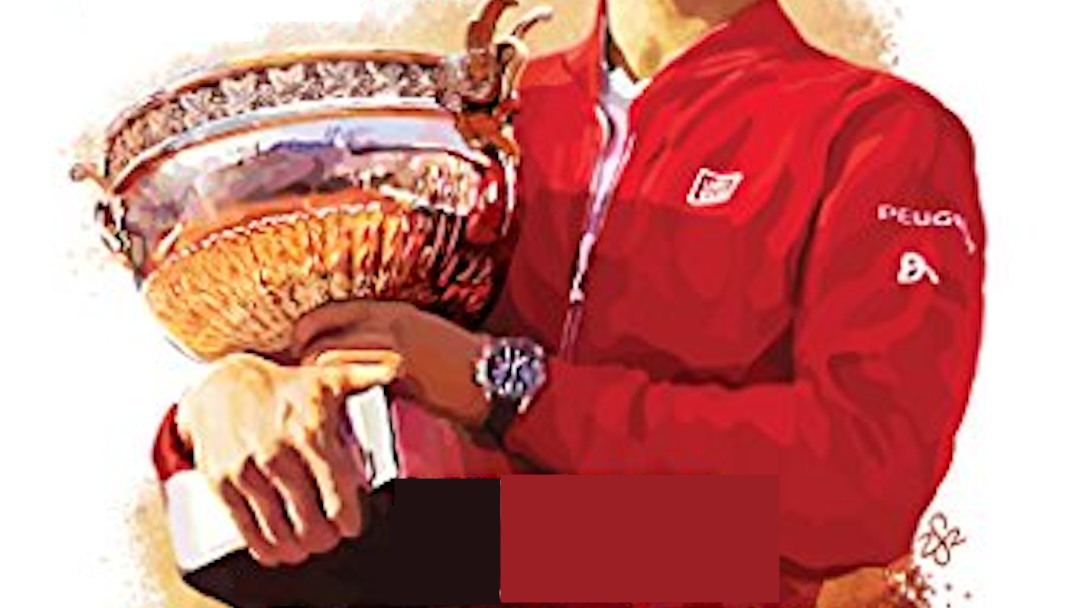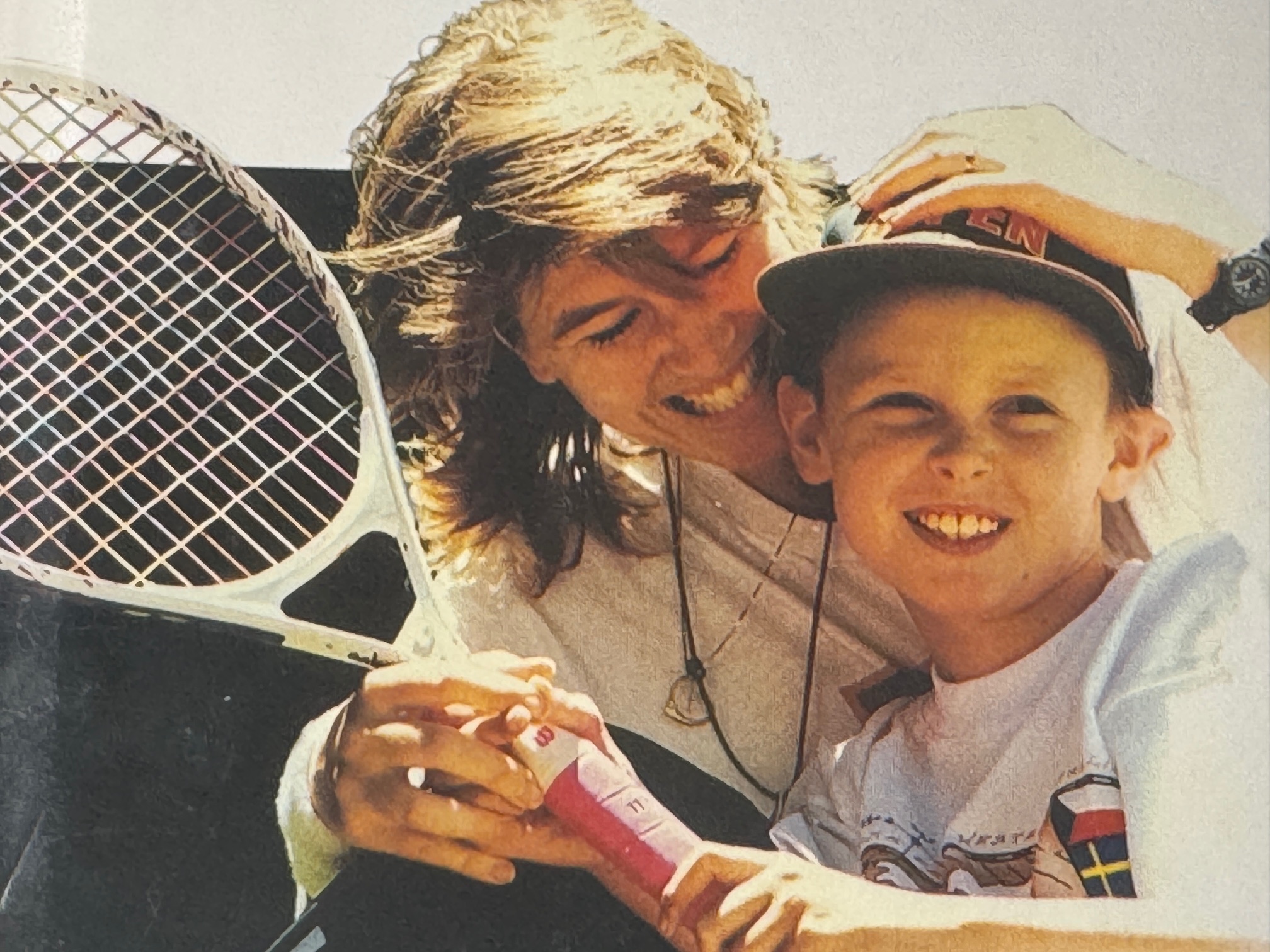Harry Hopman was a tennis player who is better known as the legendary coach and architect of the dominant Australian Davis Cup teams in the 1950s and 1960s. His strategic approach to the game and ability to identify and nurture talent was unparalleled during his era. Hopman left an indelible mark on the tennis world. He shaped the careers of several prominent players and contributed significantly to the sport’s rich history.
‘Lobbing Into The Sun‘ is a book of tennis tips and observations from Hopman that was published in 1975. It is a relatively short work filled with the great coach’s strategic wisdom distilled into easily consumable snippets. While some of his ideas are somewhat dated, most of what Hopman shares is still valid and useful for the modern game. All tennis players can benefit from this book — if they can find it. It is out of print, but there are some copies floating around on the secondary market.
Fans of Brad Gilbert’s “Winning Ugly” may feel like ‘Lobbing Into The Sun’ is an early ancestor of that tennis classic. While Hopman is known for coaching elegant players during the Golden years of Australian Tennis, he also had a grind-it-out workman-like ethos that shines through in this book. If you loved Gilbert’s book and are interested in more of that type of tennis instruction, Lobbing Into The Sun will resonate with you.
The word “Lobbing” in the title implies there will be significant content on that topic. The chapter “The Ethics and Tactics of Lobbing” is a written clinic on the most effective use of that particular shot. Hopman also lays out a strong case for why people who disparage the use of the lob as inferior play are simply wrong. It is emphasized that belting the ball isn’t synonymous with good tennis. Throughout his book, Hopman advocates for using the right shot at the right time, which is often the lob.
I was not surprised to discover that Hopman was a stickler for the rules. Railing against people who do not play in complete compliance with the rules is a recurring theme throughout this book. To Hopman, those deviations harm the game. A great example of the things that Hopman is against in tennis is “First Ball In,” even in practice matches.
On the other hand, Hopman exhibits surprising flexibility in other aspects of tennis competition. Throughout the book, he reveals that he doesn’t think a singular concept of “best” exists in tennis. Rather, he advises players to determine what is best for them, which will vary from person to person. Looking ahead to next week, I am currently reading Rod Laver’s comprehensive book about the Golden Age of Australian tennis. Hopman is a recurring influence on these great players, and I am struck by how he tailored the training and tactics of play in that context.
Hopman’s information on conducting a strategic warmup should be mandatory reading for competitive tennis players looking to gain an extra advantage. He outlines how to systematically feel out the opponent while assessing the court surface. To Hopman, an effective warmup is more than the sum of the parts.

Lobbing Into The Sun (<- Sponsored Link)
If you can find a copy of ‘Lobbing Into The Sun,’ it’s a worthwhile investment. Hopman reveals the competitive nuances that shape the game we love. It is a book aimed at competitive recreational tennis players who want to play the game as it should be. It is genuinely excellent.
Fiend At Court participates in the Amazon associates program and receives a paid commission on any purchases made via the links in this article. Details on the disposition of proceeds are available on the “About Fiend at Court” page.



